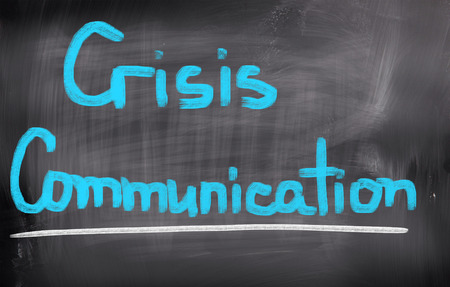Need something specific?
Looking for a specific resource not included in the resource library? Have suggestions for what you would like to see? Contact readyrating@redcross.org with your suggestions.
Resource Categories
Filter resources by tag
Resource Library Use
NOTE: You are welcome to modify, copy, reproduce, republish, upload, post, transmit or distribute the materials found on the Ready Rating Resource Center provided that you include the following copyright notice on your use:
Courtesy of The American Red Cross. © 2023 The American National Red Cross. All rights reserved.
Adaptation by __________________________
Newsletter Archive
11/11/2021 – Creating a Culture of Preparedness
09/19/2019 – Justifying The Time For Preparedness
Crisis Communications – Engaging Stakeholders During an Incident
Trust is the foundation of relationships. When your organization faces an emergency, communications to your employees, customers, and other stakeholders, or lack thereof, can support or erode that foundation. Protect your organization’s reputation and relationships by being prepared to communicate in a crisis.
In an emergency, you need to know who to communicate to, and how and when to do so. This requires pre-planning. Make sure your emergency response plans have a communication component so you will know how to respond to each risk your organization faces. Essential components of a crisis communication plan include:
- Stakeholders: Identify the individuals and public or private groups your organization interacts with. Internal stakeholders include employees, volunteers, members of the board of directors, etc. External stakeholders include customers, suppliers, service providers, vendors, the public, regulatory authorities (if applicable), and the media. Think about what information each group needs to know from you during a crisis and what you need to know from them.
- Spokesperson: Identify a single individual or small team that will handle the dissemination and receipt of information from stakeholders.
- Strategy: Transparency and timeliness of communications are critical during an incident. Plan what and how you are going to communicate with internal and external stakeholders, including alternate ways of accessing and sharing information. General statements, also called holding statements, can be prepared in advance, and can be released to stakeholders during an incident before detailed facts come in. For example, an organization operating in an area affected by a wildfire could release: “Our thoughts are with those who are in harm’s way and those responding to the wildfire. We have implemented our crisis plan and will be supplying additional information as it becomes available.” Review and revise these statements regularly to make sure they remain timely and appropriate.
In developing your communications strategy and holding statements, consider the unique environment your organization operates in. For example, is litigation a concern? If so, it is prudent to include your legal counsel.
Once you have your communications plan, make sure it is part of your emergency preparedness training. The spokesperson or communications team should practice drafting communications during training scenarios.
When the unexpected does occur, assess the situation, collect facts and craft a message that is honest, clear, and concise. Your communications to stakeholders should be fact-focused. Explain the situation and commit to addressing the situation.
Be empathetic in your communications by including expressions of concern for those involved in the incident, your stakeholders, and the community. Don’t be afraid to say ‘I don’t know’ but be willing to go find the answer where appropriate. Your concern and honesty will support the trusting relationship you want to preserve through the crisis.
- Crisis Communications – Engaging Stakeholders During an Incident


